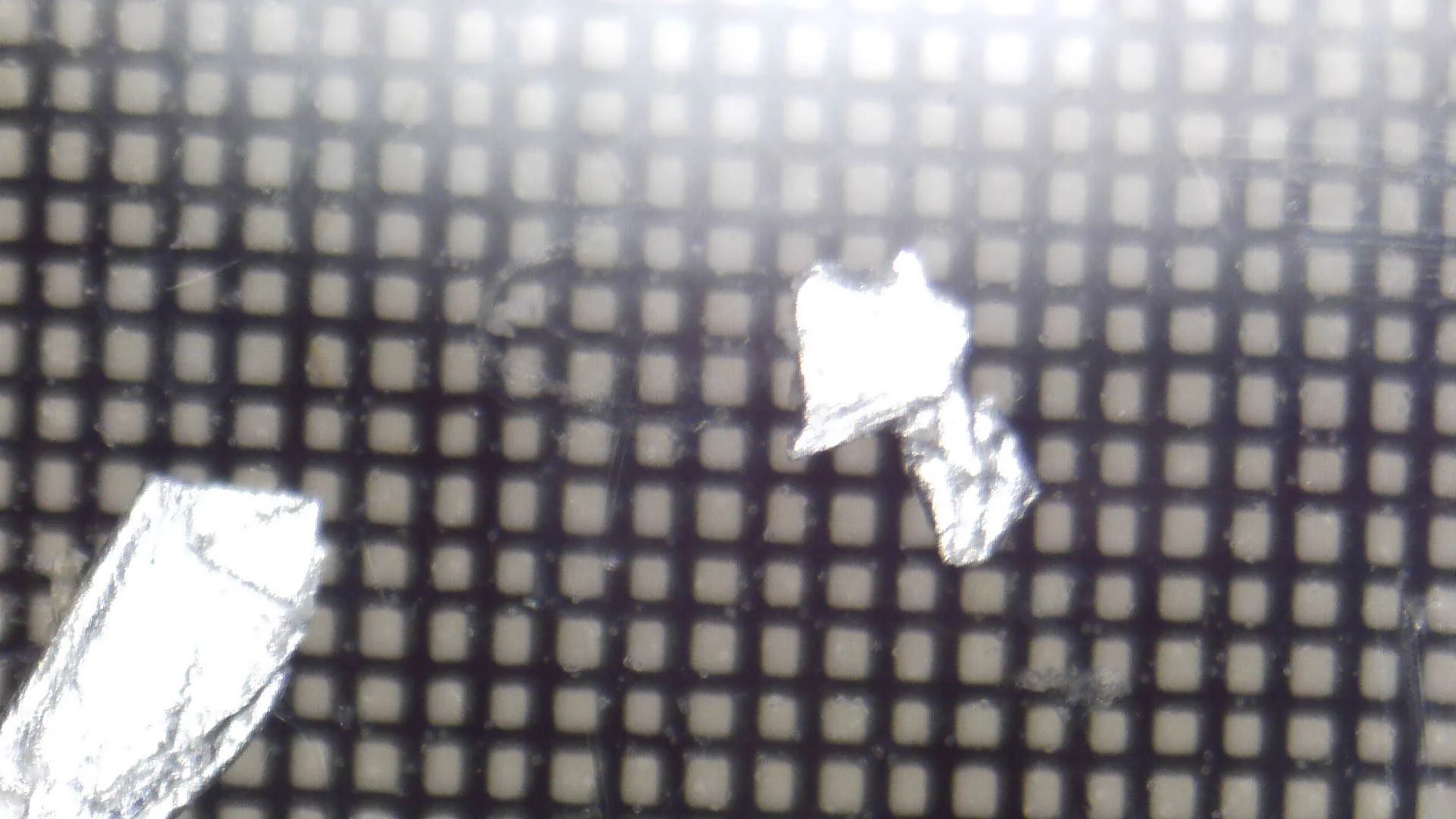Have you ever considered the precise thickness of everyday household aluminum foil? Let's embark on a mathematical journey to unravel this enigma. First, gifted students like you gathered and examined four pieces of foil. They meticulously measured the width and length of each piece. The results? An assortment of sizes: 0.7 mm X 0.25 mm, 0.45 mm X 0.25 mm, 0.5 mm X 0.2 mm, and 0.5 mm X 0.5 mm. From these values, an average area of 0.2 mm^2 emerges.
Wikipedia tells us household aluminum foil typically varies between 0.016 mm and 0.024 mm in thickness. Settling on a midpoint, we derive a thickness of 0.02 mm. Volume=Area×Thickness. So, for a flake with an average area of 0.2mm^2 and thickness of 0.02mm, the volume equals 0.004mm3 = .000004cm^3. This is the smallest particle the student could produce using Democritus’s ancient method. Yet, that flake still had 2.41×10^20 or 241,000,000,000,000,000,000 or Two hundred forty-one quintillion atoms left in the flake. For those interested, the HS AP level math to convert the volume of aluminum to atoms of aluminum is on the next slide,
